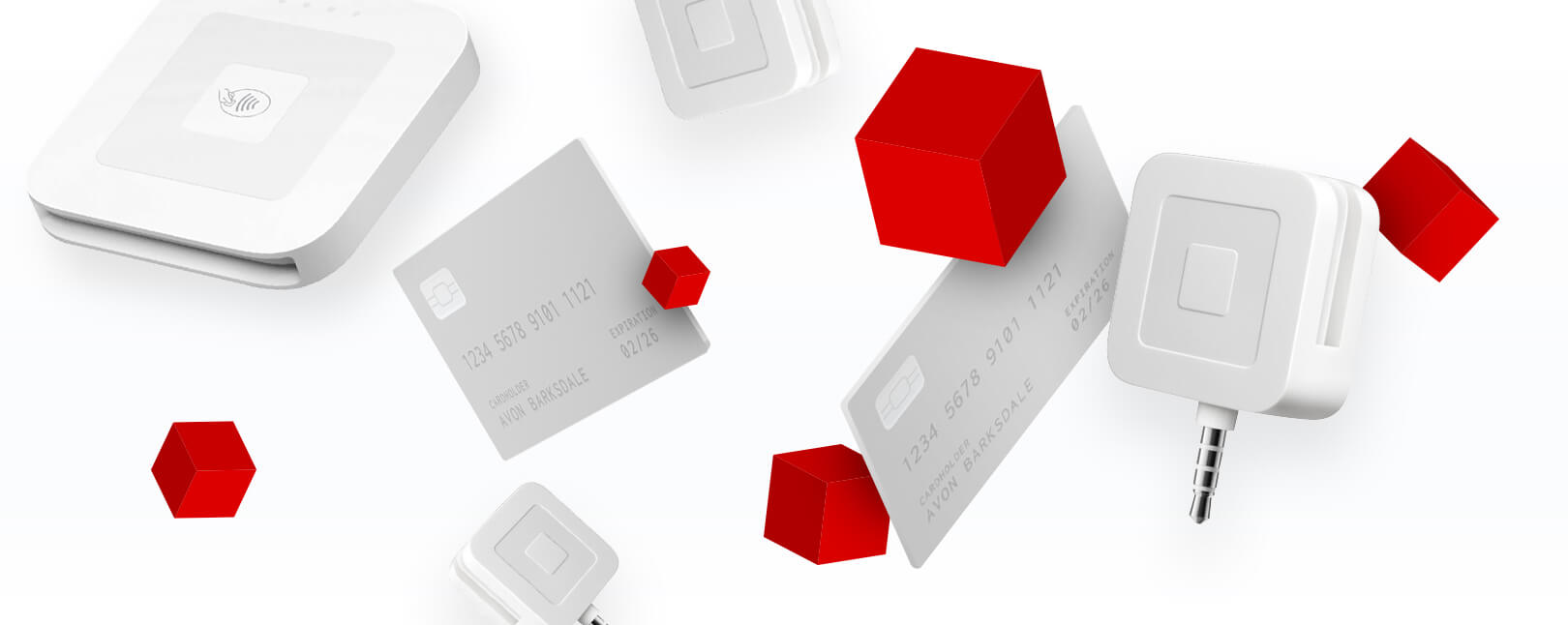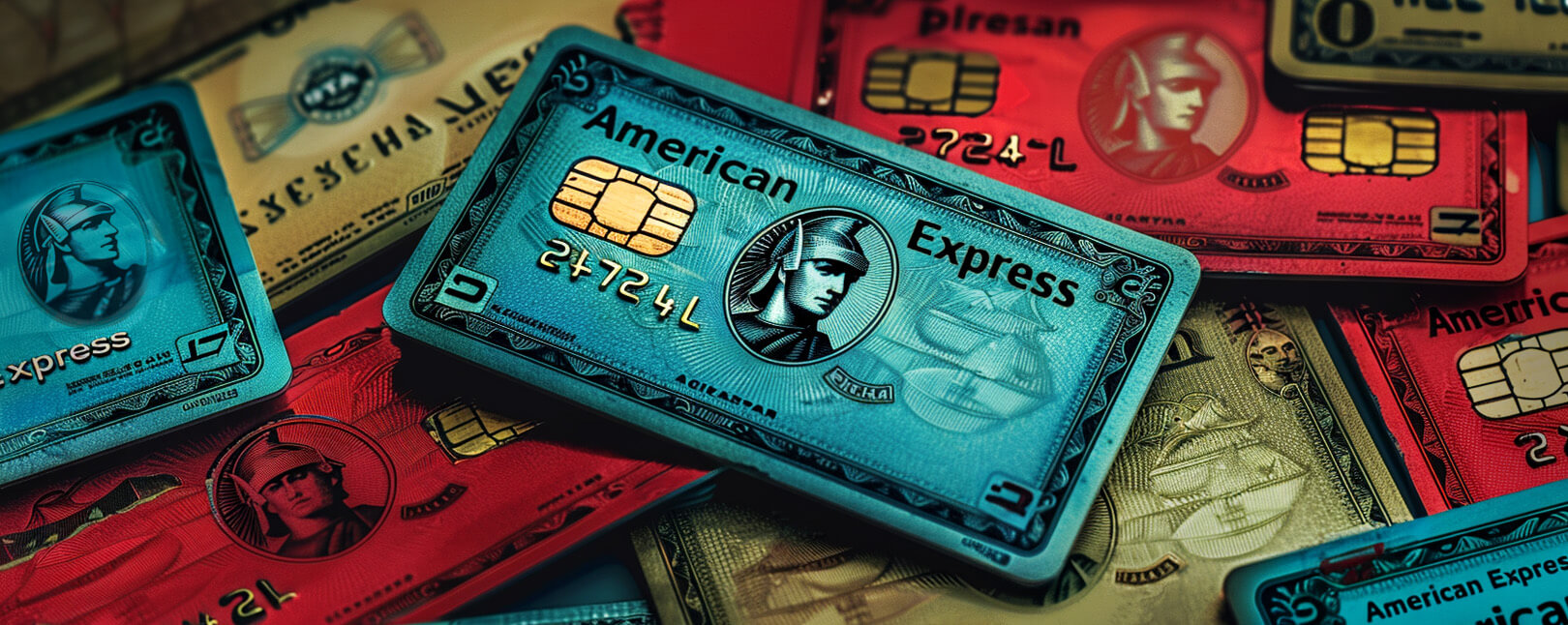Square Chargeback Rules: Understanding the Policies & Processes for Disputes & Buyer Protection
Square has helped countless small businesses achieve commercial viability in an increasingly digital market. Merchants and vendors who might otherwise have been cash-only enterprises can now take credit and debit cards anywhere they do business. It doesn’t matter if you operate in a brick-and-mortar shop, outdoor venue, or peer-to-peer via their smartphone or tablet: Square’s got you covered.
Square’s versatility and simplicity encouraged the launch of similar cloud-based companies like Clover, Toast, and Zettle by PayPal. Plus, consider how their model of inexpensive hardware, low up-front costs, and lack of set-up fees have impacted the payments space in general. All things considered, Square is one of the most groundbreaking companies of the 21st Century.
Still, nothing in this world is perfect. Square payments are still vulnerable to fraud, disputes, and chargebacks. Square chargeback rules and fraud management guidelines are essential reading if you hope to respond effectively.
Recommended reading
- Bank of America Disputes: Here's What You Need to Know
- Wells Fargo Disputes: Chargeback Rules & Things to Know
- 10 Tips to Stop DoorDash Chargebacks Before They Happen
- American Express Chargebacks: Rules & Time Limits & More
- Stripe Chargeback Guide: Time Limits & Other Info You Need
- What is a Bank Chargeback? What Makes Them Different?
Pros & Cons of Accepting Square Transactions
Like we alluded to above, Square boasts some of the market's most advanced cloud-based payment processing software. They deliver scalable merchant hardware solutions and multichannel functionality across a broad range of processing platforms, from traditional retail to event vendors. All with incredibly intuitive and easy-to-use technology.
What happens if there’s a problem, though?
Square offers merchants some protection against the hassles and financial losses associated with traditional payment options. Don’t assume this means full coverage, though. To illustrate, let’s take a look at a few pros and cons of processing payments with Square:
Pros
So, there are definitely benefits to choosing Square for payments. Of course, there are some drawbacks to using Square as well:
Cons
How Square Chargebacks Work
A sad reality of modern commerce is that wherever payments are accepted, payment disputes and chargebacks are bound to crop up.
A chargeback occurs when a consumer bypasses you to receive a refund from their bank. The bank will then force a payment reversal, and assess additional fees for their trouble. It’s a lose-lose scenario; you basically get charged twice for the transaction, while the consumer who initiated the chargeback often has to wait to be reimbursed by the bank.
There are many issues with this process, not the least of which being the one-sided nature of the entire chargeback process. However, chargebacks are a protected consumer right and should be taken seriously by all parties involved.
Learn more about chargebacksWhen it comes to Square disputes, the company would prefer to handle the situation internally whenever possible. If a customer disputes a purchase made through Square, the company will place a hold on the disputed funds in your account until the matter is resolved. If you don’t have the funds available in your account, Square will debit your linked bank account to cover the amount.
Remember: even though we’re discussing Square, the process really isn’t decided by Square itself.
Respond to Square Chargebacks in 4 Basic Steps
The fate of disputes and chargebacks rests solely with the bank that issued your customer’s credit or debit card. You do have some support, though, in the form of the Square Dispute Resolution portal. This will help you make your case to the bank.
Here’s how the process works:
Step #1 | Square Notifies You of a Dispute
If a customer initiates a dispute against a purchase made with Square, their bank will reach out to Square to get more information. Once Square receives this inquiry, they will inform you immediately.
Step #2 | Square Notifies You of a Dispute
When the bank reaches out for information, they’re asking you to provide compelling evidence that the purchase was legitimate. If you decide to challenge the dispute, this is when you would compile all of the documentation you have about the transaction.
According to Square’s website, you can find information about a dispute on your Square Disputes Dashboard, as well as in the Square Point of Sale app under Reports. Square populates the Disputes Dashboard with the information your customer’s bank sends them, including:
- A detailed description of why your customer has initiated the dispute
- The information the bank requires to make its decision on the case
- Information on the status of your dispute, including all documents you have uploaded and what’s next in the dispute process
- The deadline for sending your information
Step #3 | Providing Your Evidence
Once you’ve decided to challenge the dispute and have gathered your evidence, you then transmit that documentation to the issuer. This is done through Square, who will send the information on your behalf.
To send Square your information, you’ll need to access the Information Request Form. This form was sent to you in the initial dispute notification email. You can also find it in your Disputes Dashboard or in the Square Point of Sale app under Reports.
It’s also important to note that the bank gives only a small window to submit your information. If you can’t send your information within the allotted time, Square will move forward with the information already provided. Check your Disputes Dashboard (or the Square Point of Sale app) for the deadline to send your information. Also, note that Square may reach out again if the issuing bank requests more information.
Step #4 | Wait for the Bank’s Decision
It can take up to 90 days for the customer’s issuing bank to inform Square of their decision. Square will notify you of the ruling by email (and on your Disputes Dashboard) once they receive word.
If the dispute is resolved in your favor, Square will lift the hold on the original transaction funds. But, if the bank resolves the case in the cardholder’s favor, they will receive a refund for the disputed amount.
While there are other stages to the chargeback process (the arbitration or “pre-arb” processes), information from Square seems to suggest they don’t engage in these. If you don’t have enough funds to cover the cost of a lost payment dispute, you can discuss your available repayment options with their Recovery Team.
Square Chargeback Time Limits
Typically, merchants have about 30 days to respond to disputes and chargebacks through most payment platforms. That 30-day figure is not as clean-cut as it seems at first glance, though.
Your window of time may vary depending on factors like the card brand or the chargeback reason code. Also, Square may subtract time if they need to do so in order to meet submission deadlines imposed by the card network. You’re advised to check the Disputes Dashboard for more accurate information regarding each specific dispute.
Remember, the customer’s issuing bank also has an allotted timeframe for the dispute process. They have to review your evidence and documentation, then communicate their decision back to Square. Since this timeline is determined by the bank, Square bears almost no influence over the matter.
No. While most payment processors impose a nonrefundable chargeback fee (ranging somewhere between $10 and $30 per dispute), Square does not assess fees for disputes or chargebacks.
Instead, Square charges a slightly higher than average standard processing fee, which is intended to account for any eventualities like this. Merchants who might otherwise reject Square based on their processing fees should take this fact into consideration.
How Square Chargeback Protection Works
Square announced in 2015 that it would begin to offer a program called Square Chargeback Protection. This program provided free chargeback coverage for up to $250 per month for US-and Canada-based merchants using Square. So, even if a merchant fought and ultimately lost a dispute, the company would still have covered their losses up to that $250 threshold.
Unfortunately, as of April 2019, the company no longer offers this benefit. The remaining chargeback protection offerings are cost-effective and easy for Square merchants to use. However, you may require more coverage than what’s offered by these tools.
Learn more about Square Chargeback ProtectionYour Best Bet: Prevent Square Chargebacks Before They Happen
As always, the best strategy for defeating chargebacks is to prevent them in the first place. Thankfully, the strategies you’d use to prevent Square chargebacks are largely the same ones you’d use to prevent chargebacks under any other circumstances. You simply need to:
Know When to Ask For Help
Square chargeback rules offer tangible benefits, especially for small- to mid-size merchants. Square chargeback protection is generous and well-intentioned, especially when compared to traditional payment service providers. However, it falls far short of providing a true chargeback “solution.”
What you may need is end-to-end chargeback management that grows with you as you scale your business. To get started and begin saving today, talk to Chargebacks911® about a free chargeback analysis and guaranteed ROI.
FAQs
How does Square handle chargebacks?
Square offers some unique features like Square Seller Protection and their Dispute Resolution portal. They also do not charge any fee for chargebacks, which is standard practice for most acquirers. But generally, the company handles chargebacks like any acquirer would.
Does Square charge a chargeback fee?
No. While most payment processors impose a nonrefundable chargeback fee (ranging somewhere between $10 and $30 per dispute), Square does not assess fees for disputes or chargebacks. Instead, Square charges a slightly higher than average standard processing fee, which is intended to account for any eventualities like this.
Is there seller protection with Square?
Yes and no. The chargeback protection they once offered has been downgraded considerably in recent years. Generally speaking, Square provides their merchants with a guided Dispute Resolution Portal to access and respond to incoming disputes before they become chargebacks. They also use fraud monitoring tools to block or automatically decline risky transactions in advance of processing.
Does Square offer insurance for chargebacks?
Yes and no. Some people think of Square Seller Protection as similar to insurance, but there's a lot of limitations. It doesn’t really work like you might expect Square chargeback insurance would work. Instead of seeking insurance, it’s better to improve your internal best practices to limit disputes, and invest in comprehensive chargeback management when that fails.















